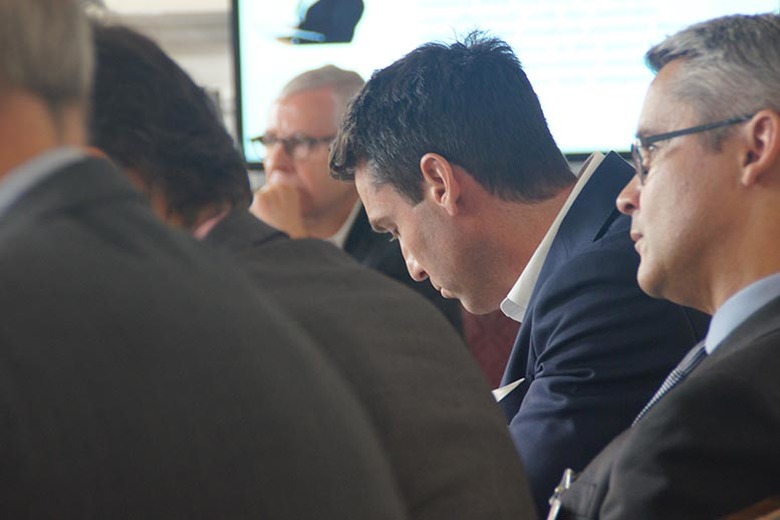

Moderator: Roderic Rennison, Rennison Consulting
Expert: Brian Wimmer, Vanguard
A never-ending debate
The relative merits of portfolio construction using a passive versus an active investment strategy to deliver better and more consistent outcomes has been the subject of seemingly endless debate over many years. Both “sides” claim the superiority of their respective strategies. What are the real facts?
We know that passive investing is on the increase; one recent estimate of the split between index (passive) and active open end mutual funds, money market funds and ETFs, indicates that approximately 20% of the total is now invested in index funds and circa 80% in active funds and the index portion is growing.
We also know that active investing involves making trade-offs and there is an obvious need to understand the portfolio construction process and manage it effectively as there are decisions that need to be made that are not present in index investments.
Achieving outperformance is challenging
Based on research and calculations made by Vanguard using data from Morningstar taking a 15 year period ending on 31st December 2014, of 540 active funds reviewed, 250 (46%) were still available at the end of the period, and 109 (20% of the original number) had outperformed their benchmarks. (Funds that were merged or liquidated were considered underperformers for the purposes of this analysis.)
However… when the 109 funds were further analysed to determine their performance over individual years, 99% underperformed in at least four years of the 15.
What about quantitative metrics to improve active fund selection?
The metrics analysed were:
- Fund size
- Number of holdings
- Fund concentration
- Historical Alpha
- Historical Sharpe ratio
- Tracking error
- Turnover
- Cost (expense ratio)
The most significant predictor of future fund performance was cost – the expense ratio - and to a more limited extent, turnover. The other metrics were not statistically significant.
Is there a “best place” to be active?
When global emerging markets were compared to global small and large cap, there was no outperformance in relation to emerging markets as is sometimes suggested.
In short, there is no “best place” to be active over any significant length of time.
Moderating active risk and client risk through the use of index funds.
There is a trend towards combining passive and active funds. As would be expected, analysis undertaken by Vanguard shows that the active/passive portfolio produces lower excess returns consistently over time. However, and perhaps more importantly, the active/passive portfolio also reduces relative downside risk—i.e the portfolios that were constructed did not trail the benchmark as far during the bull market of the1990s, nor did it underperform as much in 2011.
Successful client management means not only adding new clients but keeping existing ones. In an environment that makes it ever more challenging for actively managed funds to consistently succeed, the role of indexed strategies is gaining in importance and can help manage client expectations and when combined with active strategies, moderate the likelihood of underperformance.
What conclusions can be drawn?
Based on the research undertaken by Vanguard, there are key areas of insight when constructing client investment portfolios:
- Cost – this is a key determinant and a starting point for making decisions. Cost has a clear and cumulative impact over time.
- Patience – research shows that making decisions based on short term performance can and often does impact negatively on investment performance.
- Talent – Intermediaries need to be constantly aware of changing practices and seek to uncover, evaluate and then implement the best ideas into their investment proposition.
- Process – having clear and audible processes are also key to ensure consistent and compliant outcomes for clients and to limit the likelihood of regulatory censure.



